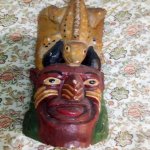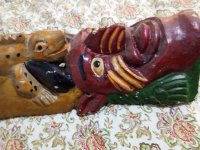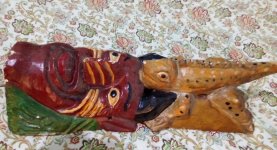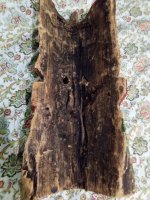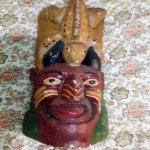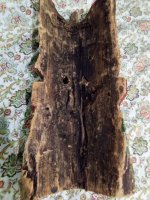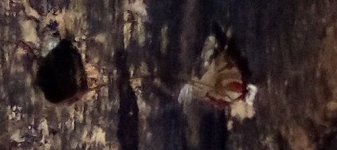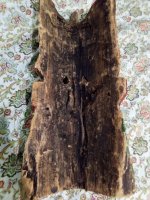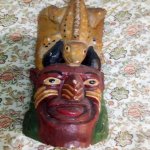Bill Wonders
Jr. Member
- Jul 27, 2023
- 45
- 25
- Primary Interest:
- All Treasure Hunting
Information on exactly what type of mask is this...,is this an older souvenir from Mexico ?
Any information is Greatly Appreciated . Thank You
Any information is Greatly Appreciated . Thank You
Attachments
Last edited:


